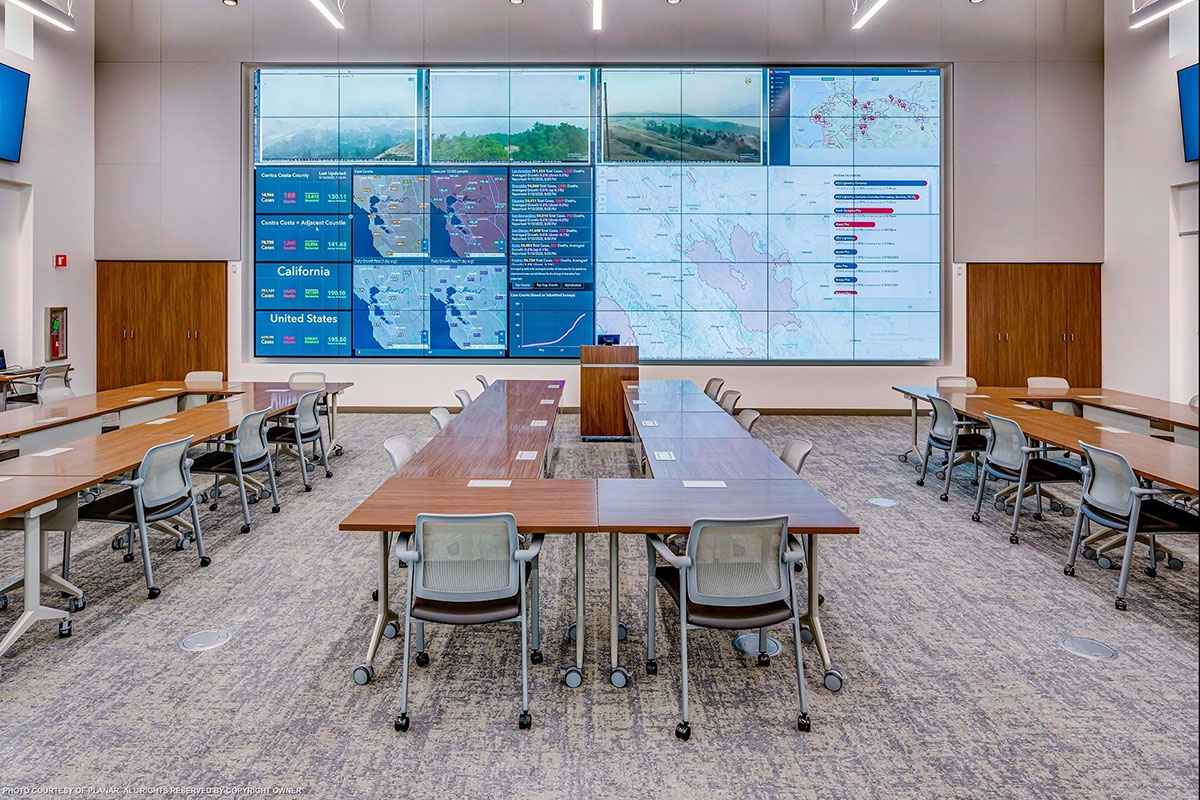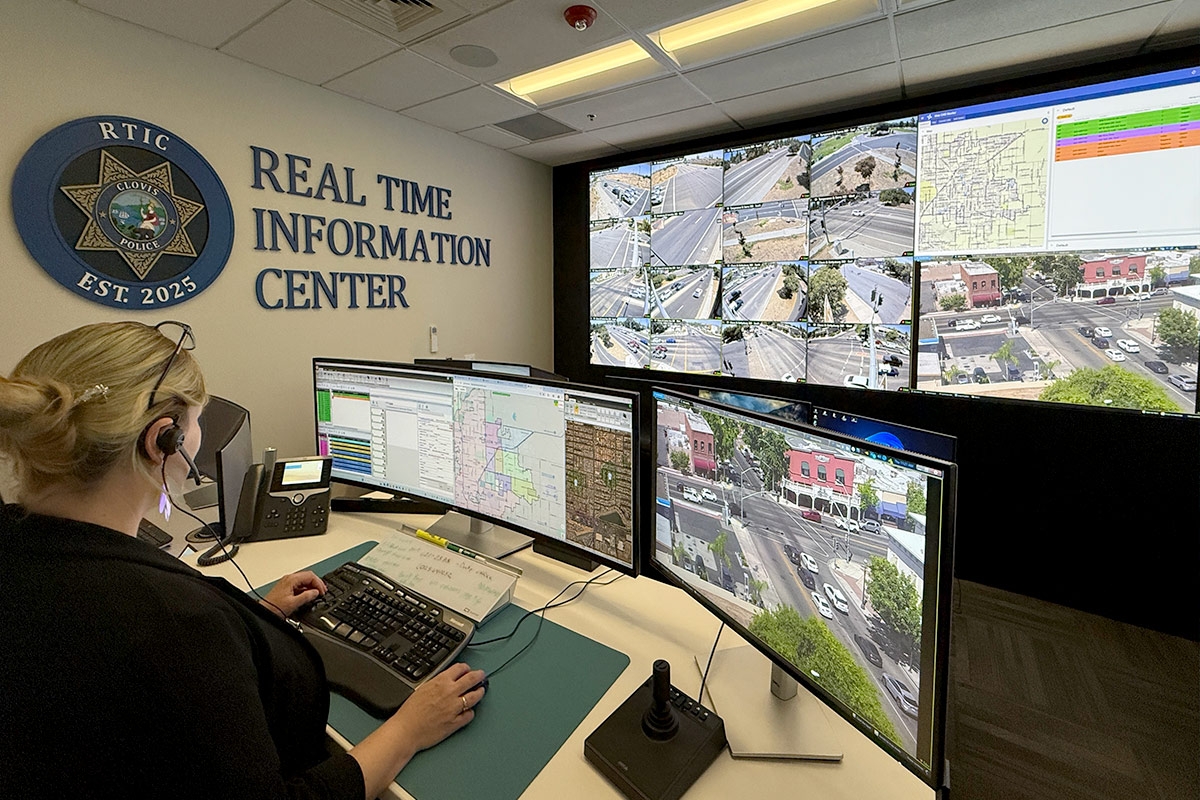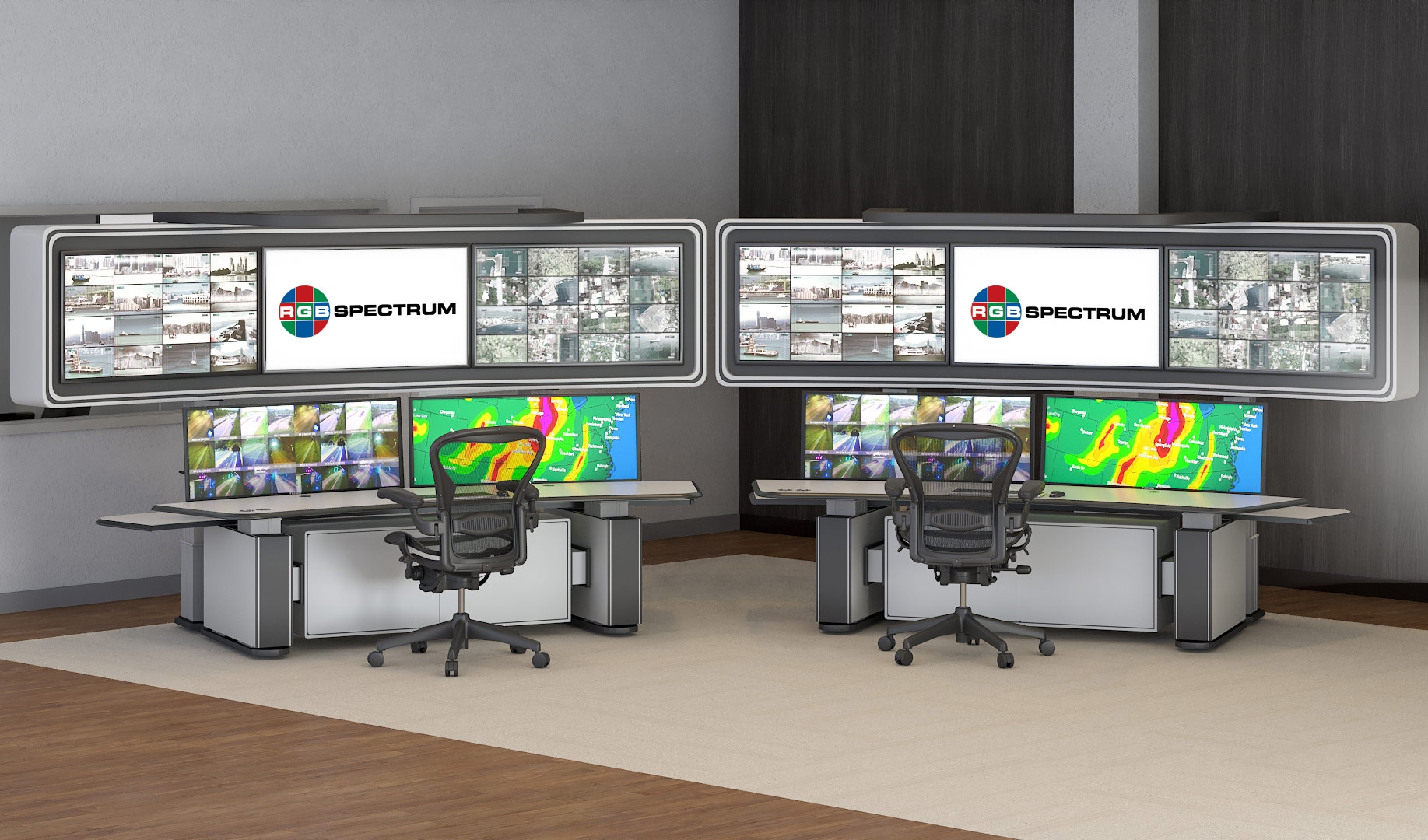RGB Spectrum’s AV Technology Empowers Smart Cities
An evolution is occurring in cities globally with a transformation of a new technology concept called “Smart City”. A Smart City uses a framework of data and communication technologies to create a collaborative, information-rich infrastructure. This empowers municipalities to better manage assets and resources, improve process efficiency, and enhance quality of services for the public benefit.
A core requirement is interagency interaction and collaboration. The Smart City concept engages a variety of municipal entities: public transportation, traffic management systems, utilities infrastructure, law enforcement, public safety, emergency services and city planning, to enable these entities to communicate and exchange knowledge on a common platform.
A Smart City is a data-driven environment. It uses a diverse variety of data sources, such as vehicle movement, municipal energy use, local water distribution, surveillance cameras, dynamic regional maps. These visuals and other information are aggregated and disseminated to all stakeholders. The result provides actionable data shared by all for improved collaborative decision making, coordination and planning.
An example of how Smart City technology is deployed is Contra Costa County in California. Contra Costa County has a new Emergency Operations Center (EOC) featuring a state-of-the-art Emergency Situation Room (ESR) equipped with real-time visualization technology. The EOC serves as a command center for emergency management in the event of a crisis or natural disaster. Its role is to improve emergency response and rapid mobilization of municipal, county, and private resources.
To implement Smart City technology, Contra Costa County enlisted RGB Spectrum’s video processing and Video-over-IP technology. There are two key elements of the Center’s system: a centralized video display wall plus networked distribution of visuals within and without the facility. The solution chosen was a combination of a Galileo display wall processor coupled with its Zio Video-over-IP platform. Contra Costa County selected RGB Spectrum’s technology for its support of a diverse variety of signal sources, ability to disseminate information to local and remote locations simultaneously, and exceptional 4K image quality.
For sharing information at the facility, at the front of the Emergency Situation Room is a massive 32’ wide x 14’ high video wall powered by RGB Spectrum’s Galileo video wall processor. The large video wall comprises forty-eight 55-inch LCD screens in an 8-wide by 6-high array, flanked by four 86-inch auxiliary displays interspersed throughout the room. The Galileo processor consolidates critical visuals and data to provide a centralized, correlated common operating picture on the video wall. Source signals are displayed in windows of any size, anywhere. Operators can easily switch and route inputs, choose customizable, preset display layouts, and pan and zoom around items of interest. Operators collaboratively view this information for purposes of assessment, analysis and decision-making.
A critical requirement is to share visuals and data both throughout the EOC facility and with offsite agencies. The Contra Costa County EOC inter-agency collaboration includes the Sheriff’s Office, Police, Fire, Emergency Services, Public Works, and City Emergency Operations Centers within the county. Leveraging RGB Spectrum’s Smart City solution, critical information is simultaneously displayed on the ESR video wall and shared with remote agencies via IP video streams on local area (LAN) and wide area (WAN) networks, with a VPN for added security. The advanced capabilities of the Zio Video-over-IP platform are ideal for these multiple, concurrent tasks.

County Costa County deploys RGB Spectrum’s advanced Galileo video processing and Zio Video-over-IP platform to implement Smart City technology for better, faster decision-making.
The Zio Video-over-IP platform supports video streams at up to 4K60p resolution. Zio encoders receive source signals, including conventional and infrared surveillance video, county maps, news feeds, local TV broadcasts, interagency communications, internet data, traffic management IP video streams, 911 communications, and IP streams from a virtual computing cluster and the video wall itself. These are encoded into H.264 streams and sent out over a LAN or WAN to remote locations equipped with Zio or other decoders, which receive the signals and prepare them for display. Visuals can be distributed to decoders in multiple rooms within the facility and to remote locations simultaneously.
With the Galileo/Zio system, all video, audio, and control data are converted to IP packets that are switched and routed to any location on the network via a LAN or virtual private network (VPN). Data flows into and from the facility. The Galileo processor itself can directly receive and display IP streams from Zio encoders, as well as IP cameras, and other H.264 devices.
The EOC facility is an information hub equipped with 13 conference rooms, 22 offices, and a press briefing auditorium, all of which have access to the content of the Galileo/Zio system. Individual visuals, portions of the video wall, or the entire video wall image can be shared throughout the EOC facility and remote locations. Communications are bi-directional - conference rooms and remote locations can also send visuals for display onto the main ESR video wall.
The Galileo/Zio Video-over-IP platform is scalable and easily expandable to meet growing requirements. The system automatically detects and indexes new Zio encoders and decoders as they are added to the system to accommodate growth requirements.
Rick Kovar, Emergency Services Manager for the Contra Costa County Sheriff’s Office, commented, “It is extremely important for EOC personnel to be able to assess an incident and then make decisions on where to deploy critical resources. The new system expands our capabilities and maximizes situational awareness in multiple ways. The video wall is key for achieving this.”
Kovar further explained, “We have fire cameras across the county and can show the feeds live on the video wall. Other resources include GIS maps that display power outages and a wildfire map that indicates hotspots. RGB Spectrum’s AV-over-IT platform allows us to share a common operating picture throughout the facility and beyond.”
Bob Marcus, President and CEO of RGB Spectrum, stated, “Building upon RGB Spectrum’s easily expandable platform, Contra Costa County has enabled workflows to be shared citywide, enabling stakeholders and outside agencies to quickly access EOC resources, contribute their own local resources and collaborate more effectively. RGB Spectrum’s Galileo video wall processor and Zio Video-over-IP platform are ideal solutions for smart city operations. Together, they form a unique backbone to a decision-making AV system, part of the company’s commitment to aiding collaborative decision making. Our motto: Better Decisions. Faster.”
RGB Spectrum is a leading designer and manufacturer of mission-critical, real-time audio-visual solutions for a civilian, government, and military client base. The company offers integrated hardware, software, and control systems to satisfy the most demanding requirements. Since 1987, RGB Spectrum has been dedicated to helping its customers achieve Better Decisions. Faster.™


